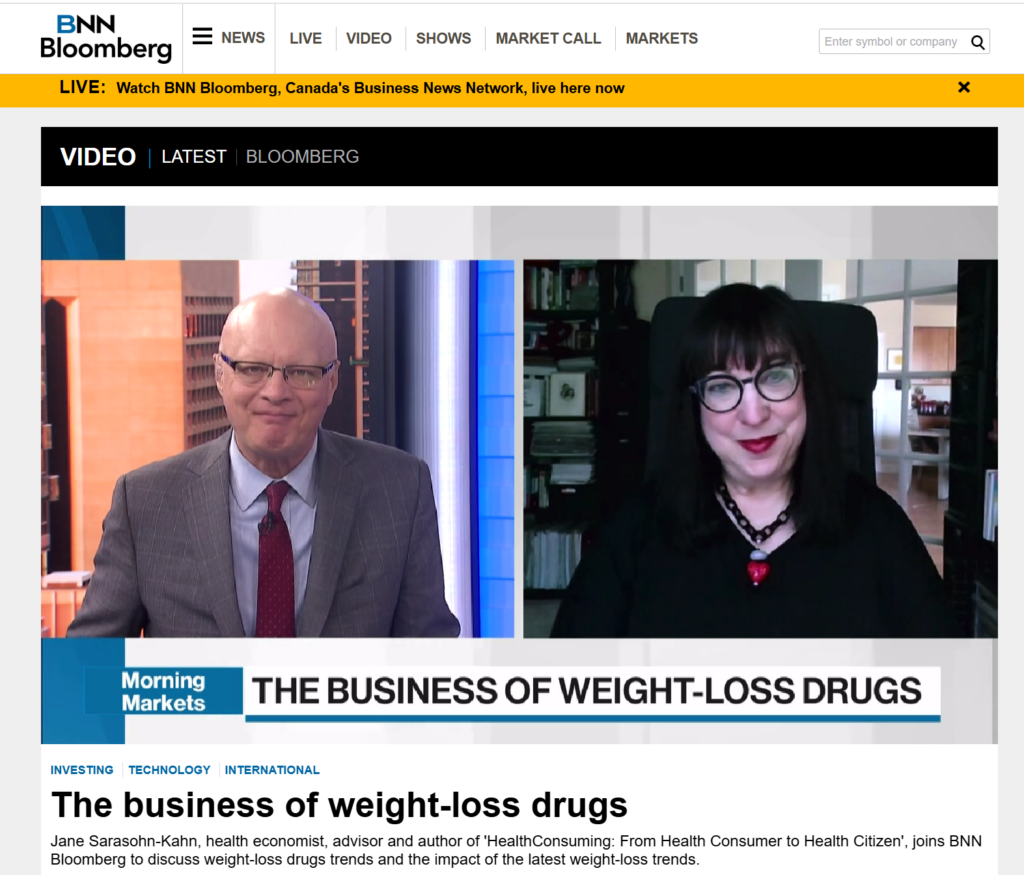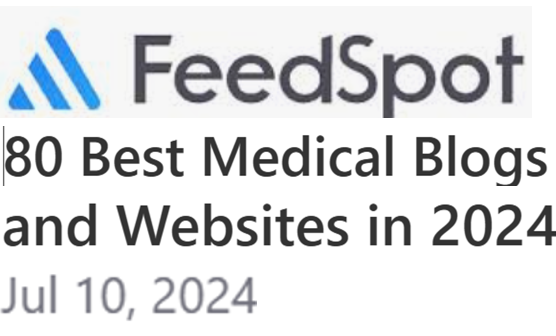On one hand, it can be said that enrollment in consumer-directed and high-deductible health plans in 2009 grew by 33% in the past year. On the other hand, the total proportion of Americans enrolled in private plans who was in a CDHP or HDHP was 4%.
While this represents growth by definition, it’s instructive to look at the chart and note that 34% of employers did not offer employees an HDHP or CDHP in 2009 — up from 28%. That is, substantially fewer employers offered a consumer-directed plan this year compared to the previous 3 years this survey has been conducted.
The Employee Benefits Research Institute (EBRI) takes a detailed dive into the state of account-based health plans in the November 2009 issue of EBRI Notes.
Health Populi’s Hot Points: A growing proportion of Americans with access to private health insurance through work is eligible for account-based health plans like CDHPs and HDHPs. However, most of these workers choose to stay in more traditional health plan types. People are slow to change to new plan types when they know the devil they know.
EBRI notes that for those employees who have opted into CDHPs and HDHPs (the 4%), their account fund balances continue to grow. EBRI believes that’s due in part to these workers increasing their contributions to the health plan accounts in the case of workers with family-coverage. Contributions for employee-only (single) coverage actually fell in 2009.
Still, the fund balances aren’t big money: overall, 50% of the covered population has at least $1,000 in an account, and slightly less than one-half has less than $1,000 in their account. 9% of people don’t even know how much they have sitting in their health account.
These findings from EBRI demonstrate another aspect of health care in the U.S. where there is substantial lack of consumer activation and engagement. When offered an innovation like a CDHP or HDHP, most Americans who access health insurance through private employers are still loathe to change.





 Interviewed live on BNN Bloomberg (Canada) on the market for GLP-1 drugs for weight loss and their impact on both the health care system and consumer goods and services -- notably, food, nutrition, retail health, gyms, and other sectors.
Interviewed live on BNN Bloomberg (Canada) on the market for GLP-1 drugs for weight loss and their impact on both the health care system and consumer goods and services -- notably, food, nutrition, retail health, gyms, and other sectors. Thank you, Feedspot, for
Thank you, Feedspot, for  As you may know, I have been splitting work- and living-time between the U.S. and the E.U., most recently living in and working from Brussels. In the month of September 2024, I'll be splitting time between London and other parts of the U.K., and Italy where I'll be working with clients on consumer health, self-care and home care focused on food-as-medicine, digital health, business and scenario planning for the future...
As you may know, I have been splitting work- and living-time between the U.S. and the E.U., most recently living in and working from Brussels. In the month of September 2024, I'll be splitting time between London and other parts of the U.K., and Italy where I'll be working with clients on consumer health, self-care and home care focused on food-as-medicine, digital health, business and scenario planning for the future...